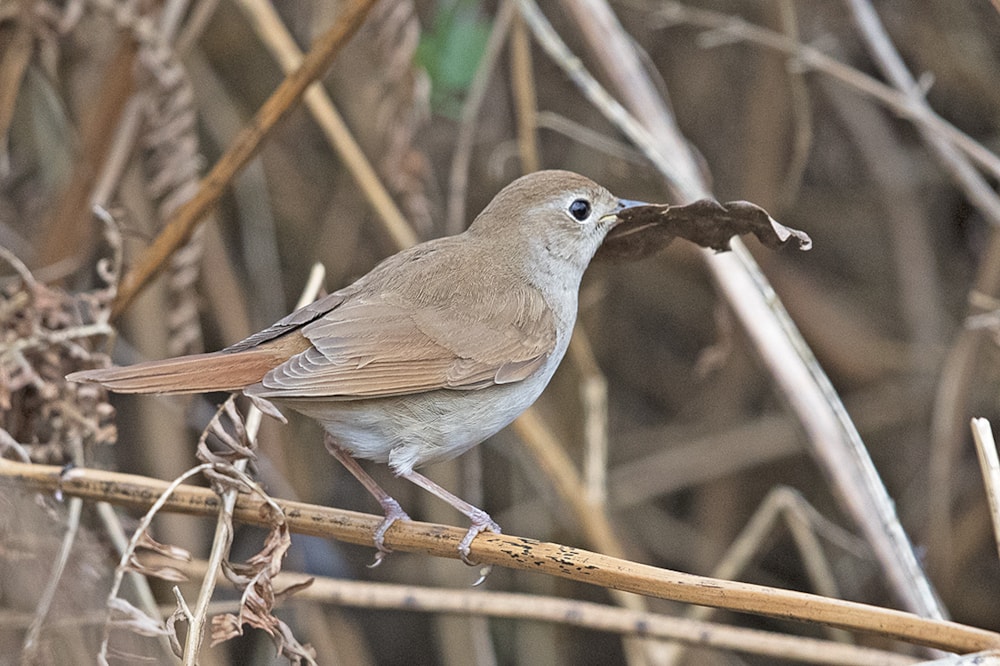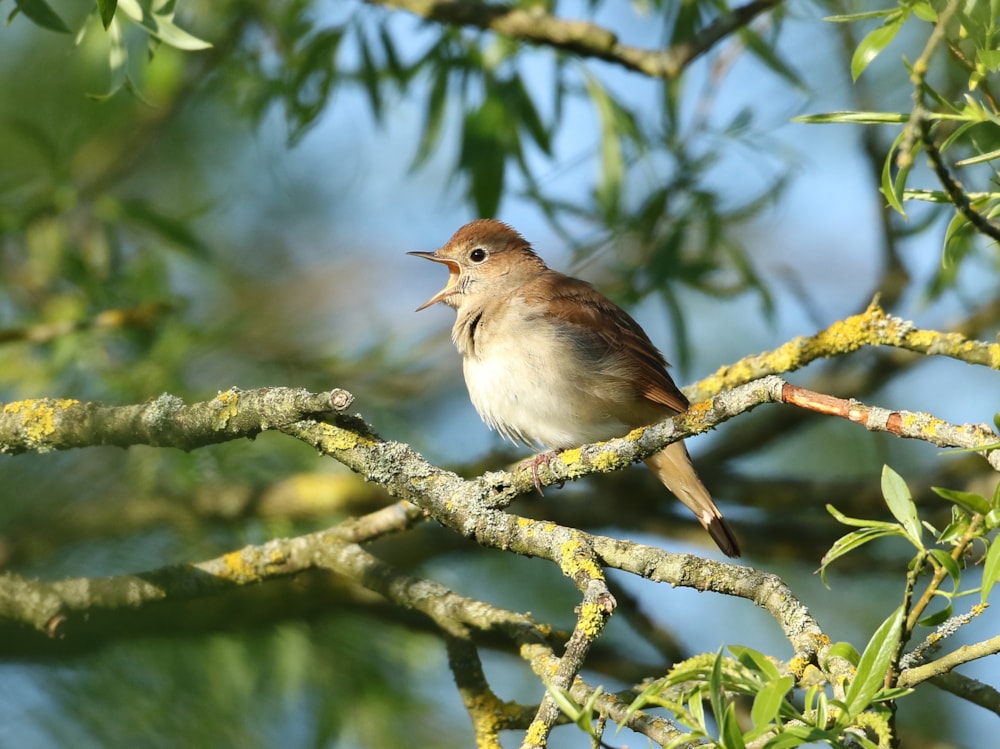The dramatic decline of Britain's Common Nightingale populations – more than 90 per cent of these iconic birds have been lost in the last 50 years – has led to the species being placed on the Birds of Conservation Concern Red List. But the number of birds present has, until now, remained unknown despite this knowledge being essential for assessing the importance of individual sites occupied by the species.
The latest figures from the British Trust for Ornithology (BTO) have recently been published; they used state-of-the art methods for assessing the size of national bird populations.
A team lead by Dr Chris Hewson at the BTO, and relying on thousands of hours of volunteer surveying, employed several analytical methods to produce the most robust population estimate possible. Dr Hewson estimates that the number of singing males is between 5,095-5,983 individuals, distributed at sites spread across the south and east of England. Moreover, the importance of Lodge Hill, Kent, which is threatened with development following a series of planning applications, was highlighted. The results confirm that the site holds more than 1 per cent of the UK population, making it of national importance.
Dr Hewson commented: “Understanding how many nightingales we have left is vitally important if we are to save the species here in the UK, as it enables us to assess which sites are nationally important. The relevant bodies can then look into protecting those sites that exceed critical thresholds of importance, hopefully ensuring that future generations can hear the beautiful song of the nightingale for themselves.”
In 1999 the UK Common Nightingale population was estimated at 6,700 singing males, but this was likely to have been a significant underestimate due to the methods used. The new study highlights the importance of accounting for birds missed during surveys and accurately scaling-up to include birds outside of surveyed areas when creating national population estimates. The importance of using multiple methods to allow the robustness of population estimates to be assessed was also emphasised, especially when the results have implications for site protection and subsequent planning decisions.
This research was made possible thanks to the support of Common Nightingale survey volunteers across the country, donations from the public, grants from charitable trusts and from Anglian Water, who have championed the BTO's work with the species for many years. If you would like to help the charity with its continuing research you can donate via www.bto.org/donate.


No comments:
Post a Comment